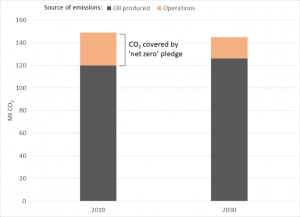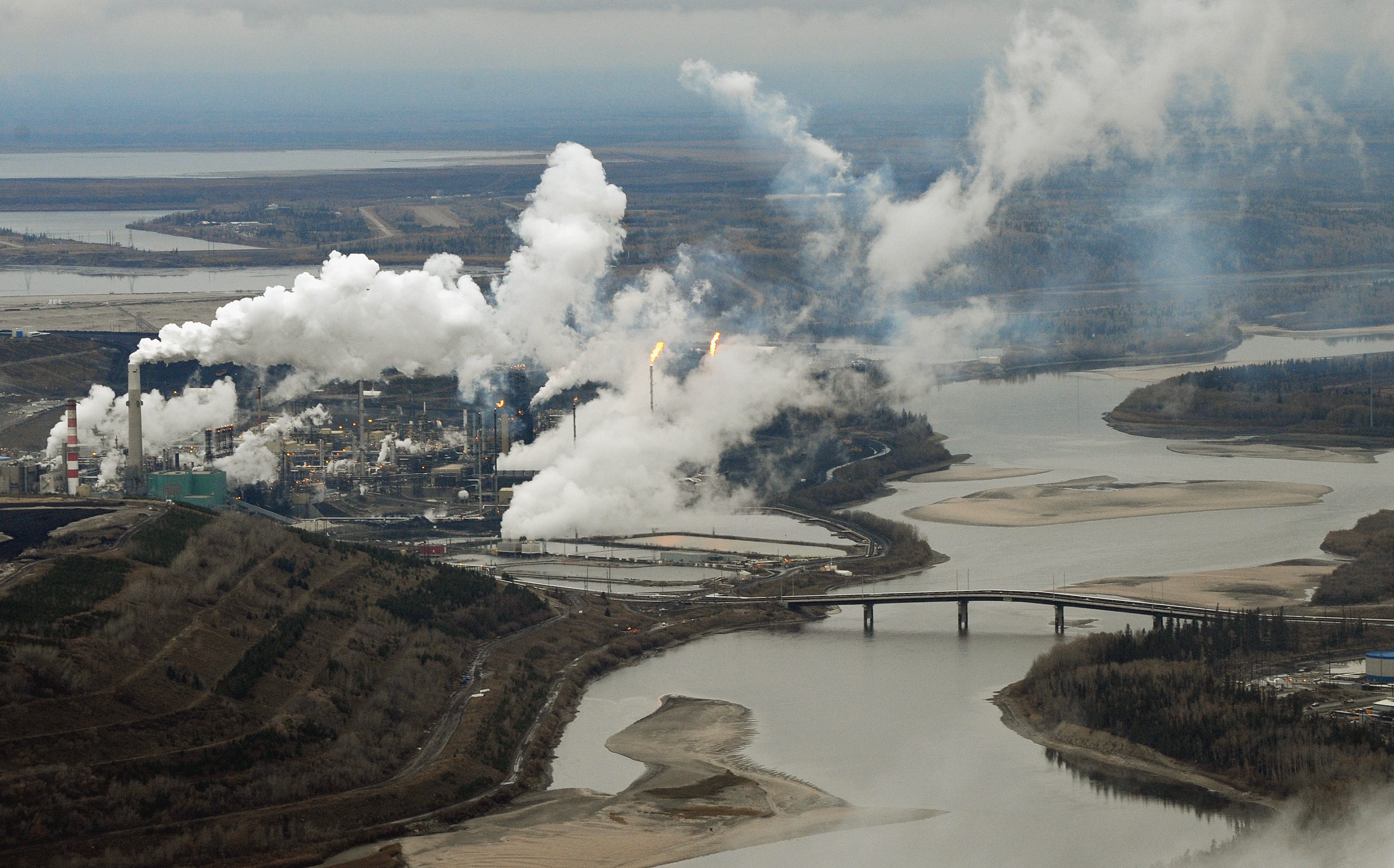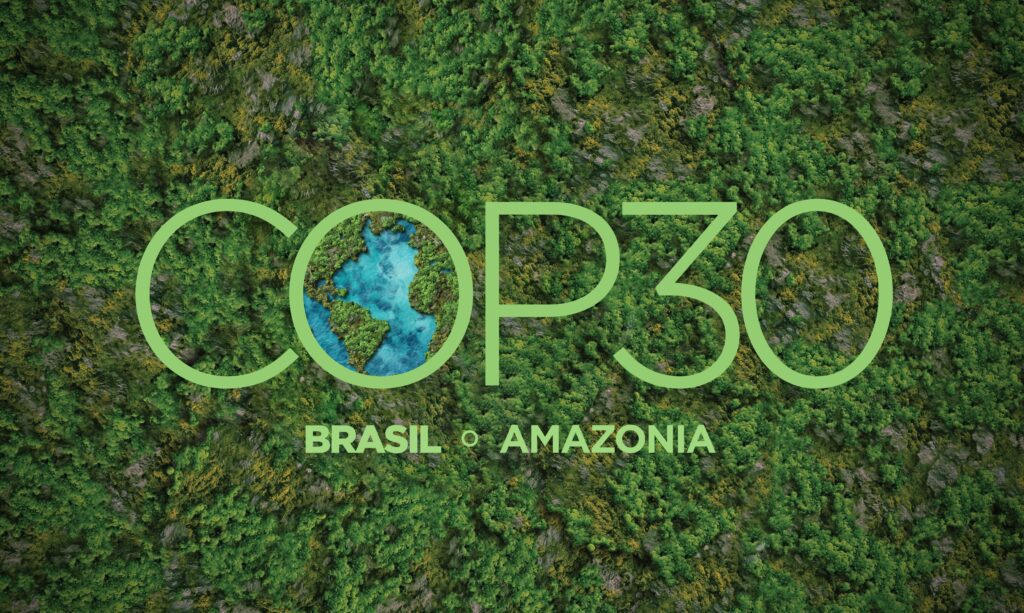There are an increasing number of companies and countries that are pledging to reach Net Zero carbon emissions–or carbon neutrality–by 2050. That was the timeline laid down by the most prestigious body of climate scientists for limiting warming to 1.5 degrees, the “safe” threshold for global warming.
But it’s clear that many big polluters are only using it as greenwash. After all, if you make a product that is the cause of climate change in the first place–fossil fuels like coal, oil, and gas–your approach to tackling climate change better be to fundamentally change your business model, and stop producing this dangerous product.
Don’t just trust me on that. The world’s foremost authority on energy, the International Energy Agency IEA), concluded the same thing in a recent report. (A previous blog of mine explained that report here.)
What the IEA found was that the world should not invest in or approve new fossil fuel projects. None. And that fossil fuel production should shrink by 75 per cent by 2050 in order to limit warming to 1.5 degrees and achieve net-zero by 2050.
So let’s look at a very recent initiative, the Oil Sands Pathways to Net Zero alliance, made up of five companies that represent 90 per cent of Canadian oil sands production. Its tagline is “Helping Canada achieve its climate goals.”
Sounds good, right? It must’ve seen the IEA report and concluded that it needs to stop investing in oil, and shrink its production to achieve Canada’s net-zero goals? Nope. All the companies plan to increase production.
Already feels like a giant greenwashing exercise. But let’s dive deeper. To assess how serious net zero pledges are from corporations, there are three fundamental questions one should ask:
-
- Are they including all greenhouse gas emissions?
That includes both carbon dioxide and methane, since methane is a very potent greenhouse gas that all oil and gas facilities emit. It also includes the carbon emissions created when consumers burn that oil. The oil sands alliance makes no mention of methane, despite the fact that oil sands are an important source of methane, and that recent science shows that emissions are much higher than previously thought. Also, the alliance plans on counting emissions from producing oil but not from burning that oil. It’s kinda like a tobacco company being worried about cancer from making cigarettes but not smoking cigarettes. Like cigarettes, the majority of the harm comes from using the oil. - Have they set both a long-term net-zero target and interim targets?
After all, if a company is serious about eliminating carbon emissions from their operations, clearly they have to start now and make progress all along the timeline, right? And yet, the oil sands companies make no shorter-term pledges. I guess they expect us to just trust them that they’ll eliminate emissions from one of the world’s dirtiest forms of oil, and just check in again in 30 years? Not a chance we’re falling for that one. - Do they have a strategy to achieve the net-zero goal? A goal is much more believable and achievable when it has a detailed, credible strategy that lays out how to get there.
In this case, the “anchor” of the oil sands strategy is carbon capture, utilization, and storage (CCUS), a very expensive technology that has not been proven to be viable at a large scale, and one that is considered a “wild card” by Canada’s climate institute. The rest of the strategy is a bulleted list of technologies that will either reduce emissions marginally (electrification, fuel switching, and efficiency) or are also long shots (hydrogen, direct air capture of CO2, and small modular nuclear reactors.)It should be noted that the IEA includes all of these technologies in its net zero scenario…BUT nonetheless finds that oil investment and production should drop dramatically. So even if these technology unicorns all prove to be viable, this is literally a recipe for Canada to fail on its climate goals. - Meanwhile, all the technologies that are more viable, less expensive, and truly sustainable (wind, solar, battery storage, electric vehicles) are nowhere to be found in the oil sands alliance’s strategy. I guess when you have a hammer everything looks like a nail, and in this case the hammer is access to massive oil reserves.You know who these oil sand companies want to pay for their very expensive plans? You…through government subsidies. This is what they mean when they say that their strategy needs “significant collaboration between industry and government.” Governments need to hand over billions to these companies to make their sure-to-fail but expensive plans happen.
- Are they including all greenhouse gas emissions?
To illustrate the emptiness of this net zero pledge, let’s look at Canada’s largest oil sands company, Suncor. It has promised to reduce emissions from its own operation by 10 million tonnes over the next decade. Looking at Figure 1 below, you can make two pretty big conclusions from that pledge: 1. It completely ignores the vast majority of the emissions, those from actually burning the oil. 2. Increasing oil production (and the carbon emissions that result from that expansion) virtually wipes away the progress made on operational carbon emissions.
This is the path to oil sands companies “helping Canada achieve its climate goals”? I don’t think so. As clearly shown by the IEA, every net zero pledge from fossil fuel companies needs to be rejected if it doesn’t include sharp declines in the products that cause climate change: coal, oil, and natural gas.

Figure 1: Evaluating Suncor’s 2030 emission reduction pledge
Source: Oil Change International
Until these petroleum companies completely change their business model and plan a phase out of oil and natural gas production, governments, consumers, and citizens need to reject what they’re selling: fossil fuels and catastrophic climate change. Their plans are nothing but greenwashing.









